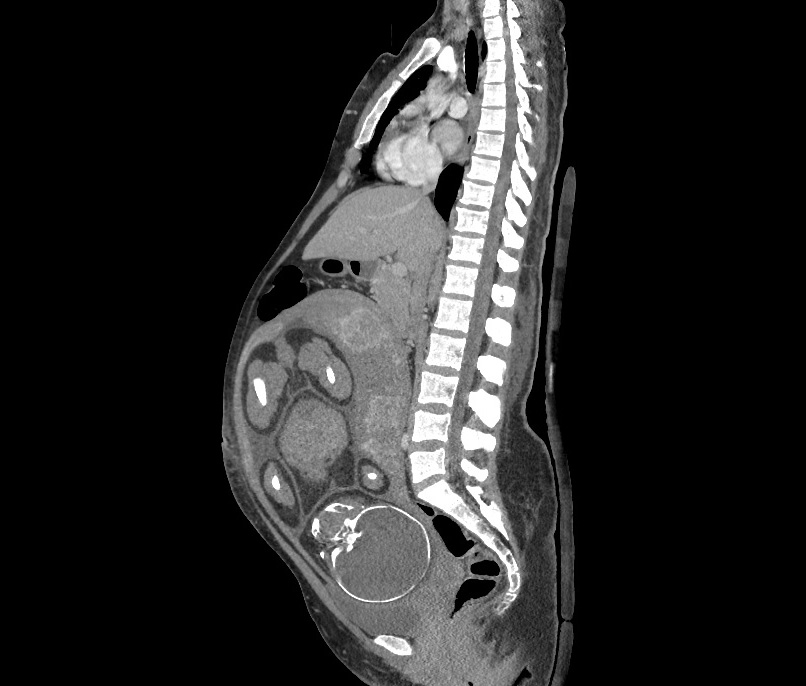On the other hand, the Zika virus uses different receptors to pass from the mother to the fetus. These receptors are much more common in the placenta.5 Therefore, more fetuses get Zika virus infections in the womb. Furthermore, the Zika virus stops cells from becoming brain cells, and destroys developing brain cells causing the newborn to have a smaller brain.6 The earlier in the pregnancy that the mother gets infected, the fewer healthy brain cells are already in the correct locations in the fetal brain, and the more likely that the infant will have a neurological birth defect.7
Become A Defender of Life
Your donation helps us continue to provide world-class research in defense of life.
DONATECharlotte Lozier Institute
Phone: 202-223-8073
Fax: 571-312-0544
2776 S. Arlington Mill Dr.
#803
Arlington, VA 22206
Viral Transmission in the Womb: Zika and Coronavirus
Why do some viruses, like Zika virus, infect the unborn while others, like COVID-19, rarely do? The answer lies in the placenta, the connection between the mother and the fetus. Viruses use passageways into the cell called receptors. The coronavirus mostly uses two receptors called ACE2 and TMPRSS2 to get inside of cells.1 The placenta has negligible numbers of these receptors.2 Therefore, it is very difficult, though not impossible,3 for the fetus to get infected with COVID-19 while in the womb of an infected mother. Nevertheless, COVID-19 can cause inflammation in the placenta, which could explain why the virus increases the risk of preterm birth, premature rupture of membranes, and miscarriage.4

The most common infection that passes from a mother to a fetus through the placenta is cytomegalovirus (CMV). CMV affects between 0.5 and 2% of all babies born, and may cause hearing loss or other neurological damage.8 A mother may have an active CMV infection more than once in her life, but CMV poses the greatest risk to the baby when the mother catches it for the first time during her first trimester (approximately the first 13 weeks).9 As with Zika virus, Cytomegalovirus primarily infects neural stem cells, destroying cells that would organize into brain tissue, and specifically targeting inner ear cells.10 There is currently no effective vaccine. To reduce the risk of infection the Centers for Disease Control and Prevention (CDC) advises pregnant mothers to reduce contact with saliva and urine from other young children with CMV, which haver amounts of the virus. This could help reduce the risk of catching CMV from 7.6% to 1.2% during pregnancy.11 Furthermore, if a mother gets CMV in her first trimester, she can take the antiviral drug valaciclovir. In one study, valaciclovir reduced the transmission of the infection from the mother to the fetus from 29.8% to 11.1%.12









